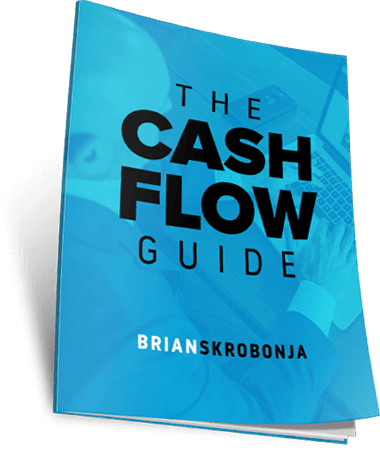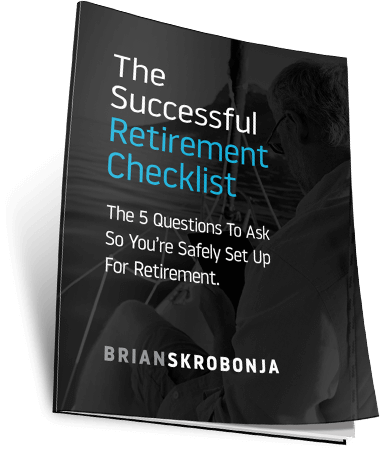One of the most challenging aspects of money management for the average person is the accountability of how it is used. Busy lifestyles and poor habits leave little time for us to properly manage our hard-earned money. It often becomes a cycle of addressing problems as they arise, and otherwise sinking into an out of sight, out of mind mindset.
For some, the idea of managing money is that it is an unnecessary task, as long as there is money in the bank. The truth of the matter is you can get away with not having a spending plan for your money—simply do not allow your spending to exceed your income. It really is that simple. However, the point of financial planning is to do more than simply get by. It is about getting to the next level financially, and in order to accomplish this task, you absolutely have to start by completing a cash flow awareness exercise. It truly is not possible without it.
You have to know two things in order to make progress with anything you are doing: you have to know where you are, and you have to know where you are going. The reality for most people is that money seems to come into our lives, but quickly leaves month after month and year after year, and people have little understanding of where the money goes and how it is spent. It does not have to be that way, and you do not need an accounting degree or a sick fascination with numbers and spreadsheets to track your cash flow.
The purpose of cash flow awareness is not to make ends meet, but rather to properly organize your money, which allows you to create wealth, and avoid debt. It is a fairly straightforward process, which need not take a lot of time if you follow a few basic steps:
1. Realize the difference between a budget and a cash flow awareness exercise. A budget tells you what you cannot afford and focuses on trimming spending. A cash flow awareness exercise highlights what you want to spend money on.
2. When you think of your cash flow, break down your annual expenses into five groupings:
- Debt payments
- Tax payments
- Regular monthly expenses
- Irregular expenses throughout the year
- Storage of money you do not need
3. Then list in chronological order the big-ticket items you plan to spend money on in chunks over the next 5-10 years. Don’t think about how you will pay for these big-ticket items, just list what they are.
Once you have completed the exercise, you will see that your planned spending ties directly into the goals. A cash flow awareness exercise is a key component for creating a true sense of where you are and is the nucleus of your financial plan.
When I work with a new client, the primary goal I have is to help her define with crystal clarity the purpose of the money she has, and how she plans to use it. Defining your intention for the money you have, or will accumulate, allows you to begin to assemble your financial plan in a strategic, chronological manner.
The purpose of this process is to help you visualize and define what you want to accomplish, and when you will need your money. It is a chronological road map for your finances and will serve as a compass when making a financial decision.
Imagine having a financial plan in place that chronologically maps out all of the cash needs that you have for the rest of your life with a cash flow strategy in place ensuring that you have money available when you need it.
This is our goal for each and every client.
At Skrobonja Financial Group, we understand that everything is about cash flow and the most important aspect of a financial plan is for you to have money available when you need it.







